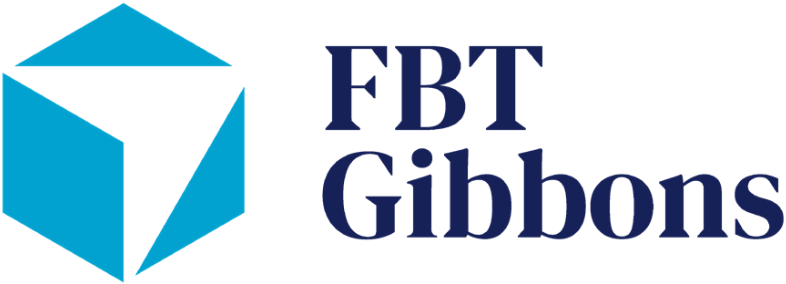The long-awaited $1.2 trillion bipartisan infrastructure spending bill has been approved by both the House and Senate and now moves on to the President’s desk where it is expected to be signed into law. The expansion of tax-exempt facility bonds to include qualified broadband projects and qualified carbon dioxide capture facilities, as well as authorizing another $15 billion in qualified highway or surface freight transfer facilities will have the biggest impact on municipal markets.
H.R. 3684, titled the Infrastructure Investment and Jobs Act (the “Act”), was introduced in the House with the current version passed by the Senate in early August. Both sides of Congress negotiated additional changes that resulted in the current bill that President Biden is expected to sign.
Overview of the Infrastructure Investment and Jobs Act
The Act provides approximately $550 billion in new infrastructure spending for traditional infrastructure projects as well as broadband, carbon capture programs, electric vehicle charging, and programs meant to address the pollution crisis. Among the provisions in the roughly 2,740 page bill is a $110 billion investment for roads, bridges, and major infrastructure projects. There are appropriations for water infrastructure, broadband, energy, public transit modernization and passenger and freight rail, port infrastructure, electric vehicle charging stations, and environmental remediation.
Important Provisions for the Municipal Bond Market
The municipal bond market should take a close look at the expansion of tax-exempt “exempt facility ” bonds that permit financing of qualified broadband projects and qualified carbon dioxide capture facilities. Also important is the increase in the volume cap that the U.S. Department of Transportation (DOT) is authorized to award for exempt facility bonds the financing qualified highway or surface freight transfer facilities.
The Act creates two additional categories of exempt facilities that tax-exempt private activity bonds are permitted to finance: Qualified broadband projects and qualified carbon dioxide capture facilities. Qualified broadband project bonds can be used to finance broadband infrastructure with at least 100 megabits per second download speed. This applies to census block groups where more than 50% of households do not have access to terrestrial broadband with download speeds of at least 25 megabits per second. Such bonds can be used to finance internet access for residential as well as commercial locations. Only 25% of the bonds issued require a volume cap if a the qualified broadband project is privately owned. No volume cap is required for governmental unit owned broadband projects. Qualified carbon dioxide capture facility bonds can be used to finance (1) “eligible components” of industrial carbon dioxide facilities or (2) direct air capture facilities. Eligible components include any equipment installed in an industrial carbon dioxide facility that is used for the capture, treatment and purification, compression, transportation, or on-site storage of carbon dioxide. It also includes any equipment that is integral or functionally related and subordinate to a process that converts certain coal, petroleum, biomass, or other products into products for direct use or subsequent chemical or physical conversion. Eligible components must capture or store 65% or more of carbon dioxide, or be financed by qualified carbon dioxide capture facility bonds on a pro-rata basis. Direct air capture facilities are any facilities that use carbon capture equipment to capture carbon dioxide directly from the ambient air that are further described in the Carbon Oxide Sequestration Credit found in Section 45Q of the Internal Revenue Code of 1986, as amended. Only 25% of the qualified carbon dioxide capture facility bonds issued require a volume cap.
In addition to the two new categories of exempt facility bonds, the volume cap for exempt facility bonds financing qualified highway or surface freight transfer facilities has been expanded by an additional $15 billion. The DOT previously awarded all available volume cap for projects eligible to be financed by these bonds. Now the DOT has an additional $15 billion for transportation infrastructure improvements.
Build Back Better Act
The passage of the Act comes alongside H.R. 5376, the “Build Back Better Act,” which has been heavily revised. It will be enacted through the budget reconciliation process, allowing Democrats to sidestep approval by Republicans, who have voiced opposition to some of the bill’s provisions. Although initial drafts of the bill contained several provisions relevant to the municipal bond market, including the return of advance refunding bonds, these provisions were scrapped when the size of the bill was cut from $3.5 trillion to roughly $1.75 trillion. One important change in the bill is the adoption of a 15% minimum tax on corporations that average over $1 billion in profits reported on their financial statements during any three-year period. Unless the bill is revised, the new rate will apply to interest earnings on all tax-exempt bonds held by large corporations.
